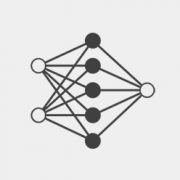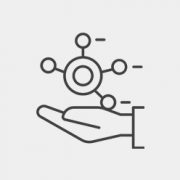Welcome.
Thank you for visiting us at the Bill and Melinda Gates Foundation’s Learning Agenda on Digital Fest in Seattle.

The Wadhwani Institute for Artificial Intelligence is a cross-domain AI impact institute based in India, developing and deploying AI solutions with a mission to create impact at scale and improve lives and livelihoods across the global south.
We work closely with governments and global partners to solve complex problems affecting developing countries, where AI could play a transformative role.
Partner with us to build and deploy AI solutions that transform lives
Our AI Solutions
Newborn Anthropometry

We are developing an AI-powered, smartphone-based tool to help frontline health workers identify underweight neonates and monitor their growth.
Our AI solution for estimating the weight of a baby learns to map short video clips to the baby’s weight, and provides accurate, timely, geo-tagged and tamper-proof weight estimation.
The neonatal period (the first 28 days of life) is the most vulnerable time for a child’s survival. Children face the highest risk of death in their first month of life.
The most immediate consequence of low birthweight is infant mortality, particularly in the first month of life. In India, three neonates die every minute and every fourth baby born is low birthweight.
Pregnancy Risk Stratification

We are working on an AI solution to enable the early detection of risk indicators in pregnant women and prediction of adverse outcomes for mothers and newborns.
We have recently developed a technical proof-of-concept AI model that predicts a range of peripartum outcomes using synthetic intrapartum data with promising results.
High-risk pregnancies (HRP) are those in which the mother and her fetus face a greater risk of developing complications and suffering through adverse outcomes during pregnancy or childbirth.
HRP women need differentiated and specialized treatment and care to prevent morbidities and mortality.
Cough Against TB

We are developing a solution to enable mass screening of TB cases using cough sound data, in collaboration with the Central TB Division of India.
Our AI model is being trained on cough and voice sound data collected from TB and non-TB cases from across the country. The audio inputs are converted to spectrograms and fed into a deep neural network that learns to predict TB-positive patients.
Coughing is one of the predominant presenting symptoms in cases of pulmonary tuberculosis.
Certain characteristics in the cough sound signatures of TB patients are likely to correspond with TB indicators. Screening patients based on these sound signatures using AI techniques may help in guiding high-probability cases towards early diagnoses and timely healthcare interventions.
Predicting Treatment Drop-offs and Mortality

We are developing an AI solution to predict the risk of treatment drop-offs and other adverse outcomes, such as mortality, for TB patients.
Our objective is to stratify those TB patients who are at risk of non-adherence, in order to enable frontline health staff to make proactive decisions towards offering differentiated care for high-risk patients.
In 2021, the total number of diagnosed TB patients who were deemed as lost to follow-up along the TB cascade of care was over 4% of the total incidence.
Predicting the risk of non-adherence to TB treatment regimens and other adverse outcomes at the time of treatment initiation is of the utmost importance, since these patients may be silent transmitters of TB, and can amplify the spread and development of drug-resistant TB.
Telemedicine

We are developing a suite of tools that can assist doctors and other healthcare staff with diagnosing and managing patients.
These AI tools can be incorporated with existing eOPD setups, telemedicine systems, and hospital management information systems (HMIS) that connect patients and doctors via video consultations, where doctors capture the patient’s’ chief complaints and prescribe medicines.
In rural India, where almost 66% of the population resides, there is an acute shortage of trained medical personnel and resources.
The number of primary health care centers (PHCs) is limited, and of those that exist, 8% of PHCs do not have doctors or medical staff, 39% do not have lab technicians, and 18% do not even have a pharmacist.
Outbreak Monitoring
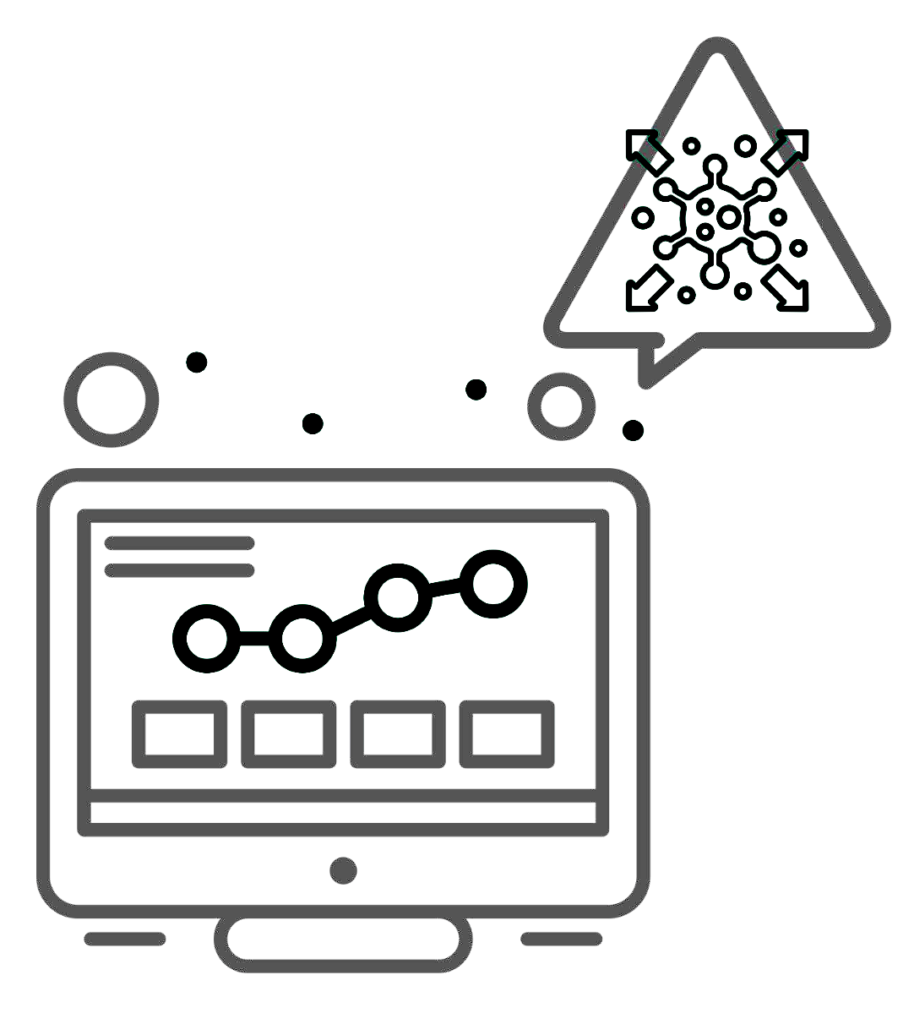
We have developed and deployed an AI solution to automate aspects of event-based outbreak monitoring at the central and state level in India.
Our solution has been integrated with the Integrated Disease Surveillance Programme’s (IDSP) Integrated Health Information Platform (IHIP), and uses natural language processing mechanisms to filter, extract and collate events of interest at scale. These are leveraged to generate alerts, and offer insights into disease outbreaks.
India’s Integrated Disease Surveillance Program (IDSP) aims to detect early warning signals of impending infectious disease outbreaks and initiate an effective and timely response.
Capturing unusual health events reported in the media is one of the methods used under the program. This has traditionally been done manually, and due to the large volume of media, is prone to result in events of interest being missed.
Infestation Management

A computer vision solution to count and identify pests infecting cotton and other crops and provide instant and localised expert advisories and action measures to smallholder farmers.
This pest management system helps cotton farmers to protect their crops by determining the right time to spray pesticides through immediate and localized advice, and helps extension program officers and administrators to monitor the solution.
India is the world’s largest producer of cotton.
India has an estimated 6 million cotton farmers, more than 75% of which are smallholder or landless farmers. 40–50 million people are engaged in related activities, such as processing or trade.
Cotton is particularly vulnerable to pests. It is estimated that 30% of the national crop yield is lost due to pest attacks, and cotton accounts for nearly half of India’s total pesticide usage.
Integrated Agriculture News Monitoring
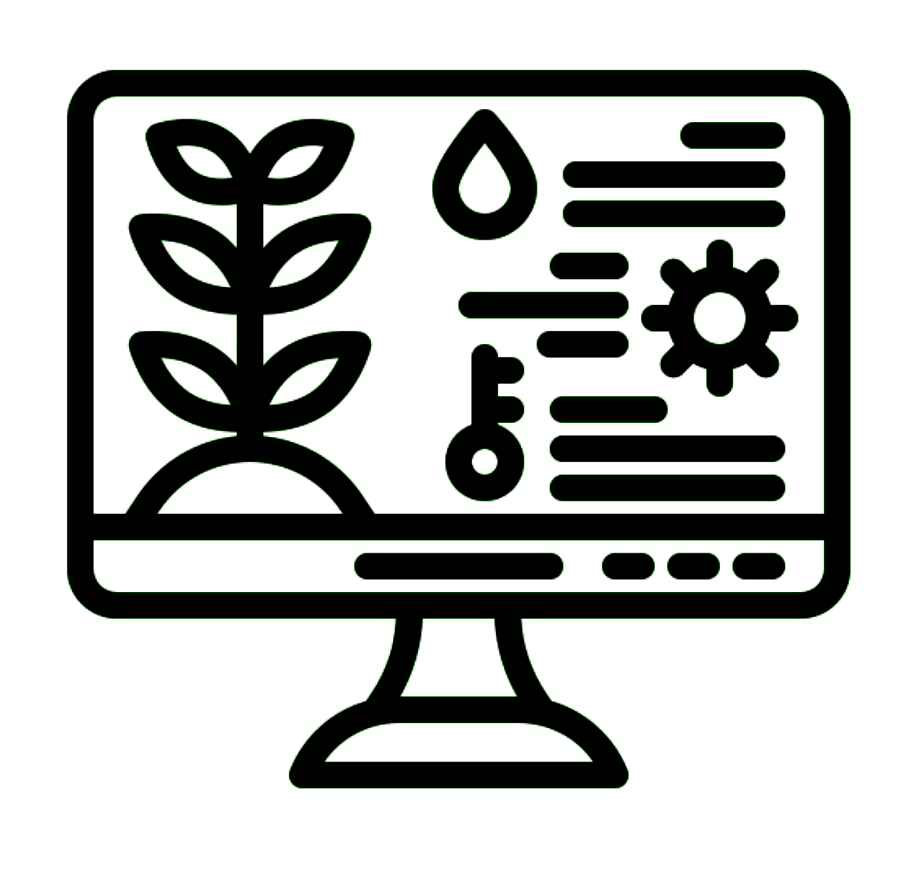
We are developing a solution to predict issues that may adversely affect agriculture systems in India to enable national agriculture programs to initiate timely and effective field interventions.
Our Integrated Agriculture News Monitoring system promises to help India’s Ministry of Agriculture and Farmers Welfare to prepare early for challenges affecting agriculture, in order to enable timely and effective actions in the field.
Pests, crop diseases, erratic and severe weather conditions are issues that plague all aspects of the agriculture system in India.
India’s Plant Protection Division conducts surveys to identify and address these issues, but due to limited manpower and the large amount of land under cultivation, along with other challenges such as language barriers and a large number of unorganised data sources, they may be prone to missing out on events of interest.
Education
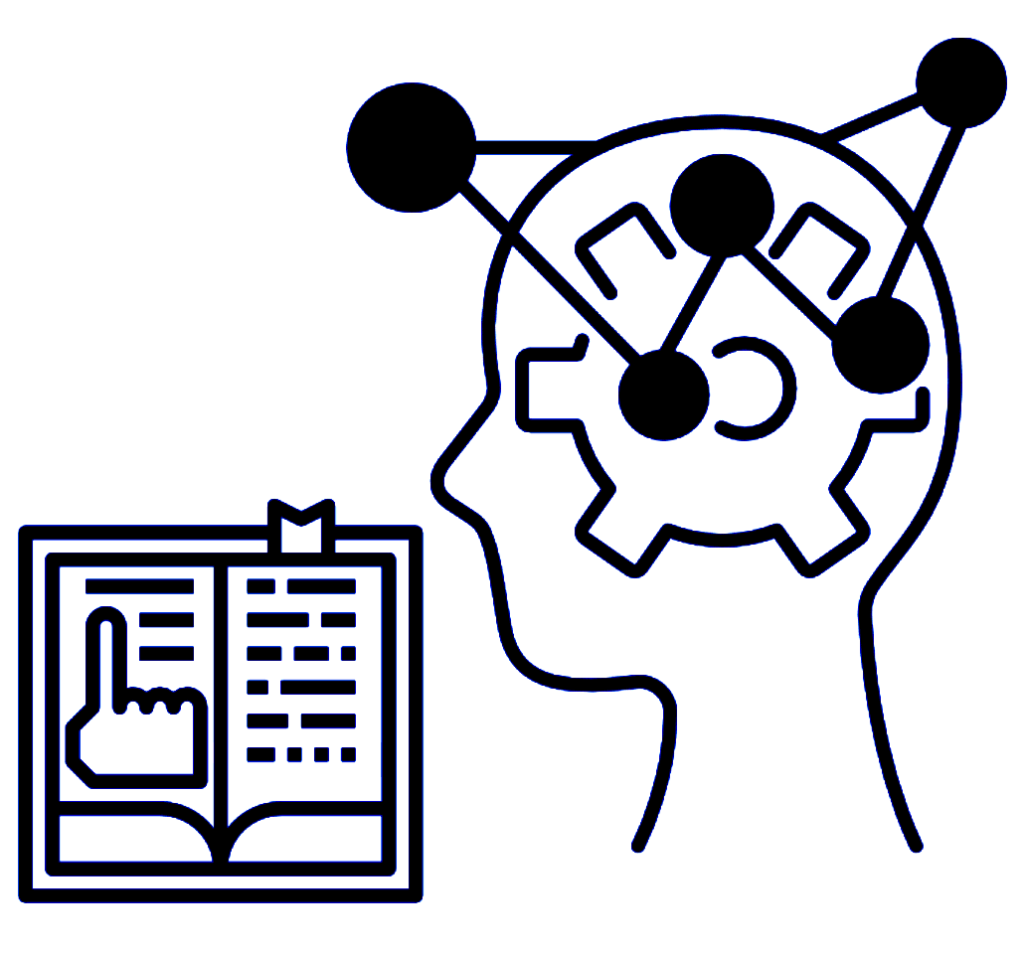
Assessing the reading accuracy, speed, and errors of students to help educators to identify areas for improvements in oral reading fluency.
Our AI model will analyze audio clips of students reading text and provide insights on reading comprehension and other learning and development indicators in children.

Predicting the risk of students dropping out of academic programs due to a range of factors, to enable the continued education of children.
There is currently no standard approach or interventions in India to reduce student dropouts. Our AI model will serve as an early warning system, in order to enable timely and effective interventions by the education system.
Our Partners



National TB Elimination Program
All India Institute of Medical Sciences


Copyright 2023 Wadhwani AI. All rights reserved.
Wadhwani AI is a program of the AI Unit of National Entrepreneurship Network (NEN).
